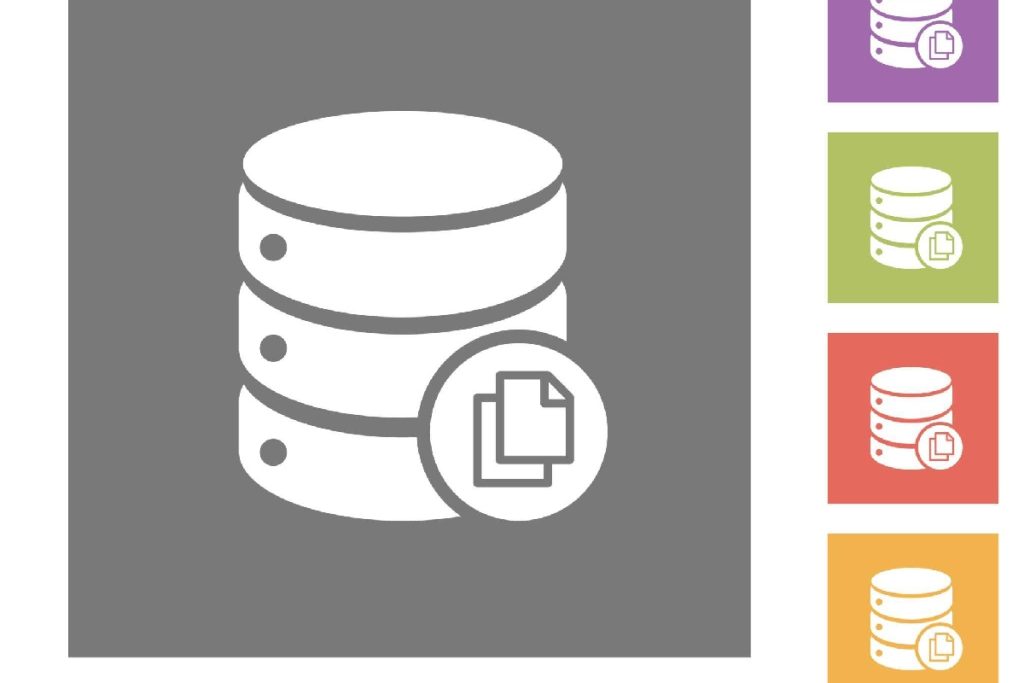Supply-Side Platform (SSP) – The use of supply-side platform advertising has become increasingly popular in the digital marketing world. This type of advertising is a great way for publishers to monetize their websites or mobile apps, as well as for advertisers to reach their target audiences more effectively and efficiently. In this blog post, we will discuss the essential benefits of using supply-side platform advertising in 2023.
Table of Contents
What Is A Supply Side Platform (SSP)?
Supply-Side Platform (SSP) – A supply-side platform is a technology that enables publishers to manage and sell their digital advertising inventory through an automated auction process. SSP advertising connects publishers with multiple demand partners, including ad networks, ad exchanges, and demand side platforms (DSPs). The SSP allows publishers to set pricing rules, optimize yield, and access real-time analytics on their ad inventory.
Benefits Of Using Supply-Side Platforms (SSPs)
Using an SSP can provide many benefits for both publishers and advertisers. Here are some of the key advantages:
1. Automation & Efficiency
By leveraging the power of SSPs, publishers are able to revolutionize their sales process and reap the benefits. This automation eliminates time-consuming manual tasks associated with selling inventory ranging from video ads to mobile campaigns – freeing up precious resources for more profitable pursuits. With this increased efficiency, both parties benefit as laborious negotiations become a thing of the past.
2. Increased Visibility & Clarity
Publishers can now use real-time ad sales to effectively measure the success of each individual advertisement, providing advertisers with detailed insights into their campaigns and allowing them to make informed decisions about which ones are performing well. With this newfound clarity, they have the power to adjust accordingly for maximum ROI.
3. Improved Yield Optimization
SSPs are playing an increasingly valuable role in the transformation of digital advertising, with their yield optimization helping both publishers and advertisers benefit. Utilizing existing inventory to its fullest potential, these tools allow for higher-quality ads that generate more returns – ensuring maximum revenue generation from each ad space.
4 . Access To Multiple Demand Partners
With an SSP, publishers are connected to multiple ad networks, ad exchanges, and DSPs which gives them access to a wider range of potential buyers for their inventory than they would have otherwise had access to if they were only working with one partner a time. This increases competition among buyers which leads to higher CPMs (cost per thousand impressions) for the publisher’s inventory while also providing more options for buyers who may be looking for specific types of ads or targeting criteria that aren’t available elsewhere on the market.
5 . Increased Revenue Potential
Using an SSP can help increase revenue potential by allowing publishers to access new markets that weren’t previously available due to limited reach or budget constraints when working directly with individual buyers or networks alone. By connecting with multiple demand partners through an SSP platform, publishers have access to a larger pool of potential buyers which leads to increased competition among buyers resulting in higher CPMs overall. This ultimately leads to increased revenue potential for both parties involved.
6. Increased Revenue & Yield Optimization
By using an SSP, publishers can increase their revenue by connecting to multiple demand partners and selling their inventory at higher prices than they would get from other sources. Additionally, an SSP helps optimize yield by reducing unfilled ad space and increasing views on ads. This means that publishers can make more money from their inventory while still providing quality content for viewers.
7. Automation & Efficiency
An SSP helps automate the sales process for publishers so they don’t have to manually manage each sale or negotiate with buyers directly. This makes it easier for them to focus on creating quality content instead of worrying about managing sales processes. Additionally, an SSP helps streamline operations by providing real-time analytics so that publishers can quickly adjust their strategies if needed.
8. Access To Premium Advertisers
An SSP gives publishers access to premium advertisers who are willing to pay higher prices for inventory than other sources. This means that publishers can make more money from their inventory while still providing quality content for viewers. Additionally, having access to premium advertisers also helps build trust among viewers as they know that only high-quality ads are being shown on the site or app.
9. Improved Targeting Capabilities
An SSP provides improved targeting capabilities that allow publishers to target specific audiences based on demographics such as age, gender, location, etc., as well as interests and behaviors such as browsing history or purchase history, etc. This ensures that ads are being served only to those who are likely interested in them which increases engagement rates and click-through rates (CTR).
Final Thoughts
In conclusion, using the supply-side platform (SSP) advertising has many benefits in 2023. It provides automation & efficiency, increased visibility & clarity, improved yield optimization, access to multiple demand partners, and increased revenue potential. All these factors make it an attractive option for both publishers & advertisers alike.
